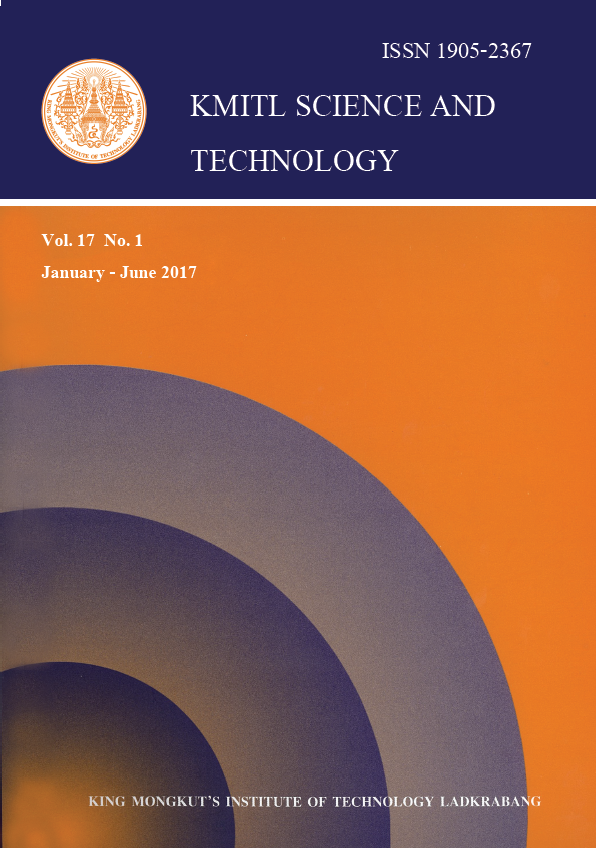General Performance, Combining Abilities and Heritability of Yield and Yield Component Traits in Pumpkin (Cucurbita moschata Poir.) at Different Conditions
Main Article Content
Abstract
Complete diallel cross 4 × 4 of pumpkin with their parents was evaluated for the genetic behavior of yield and yield component traits at two locations in Egypt. Four different pumpkin varieties belong to the species (Cucurbita moschata Poir.) were selected to use in this study. The parents Bugle Pumpkin and Long Island Cheese Pumpkin gave good combinations with the other parental lines to produce the highest F1 hybrid and the two hybrids (Bugle Pumpkin × Long Island Cheese Pumpkin) and (Long Island Cheese Pumpkin × Bugle Pumpkin) appeared the highest values in most studied traits. The present investigation included the estimation of general combining ability, specific combining ability, genetic parameters and heritability in both broad and narrow senses. The estimation of genetic parameters showed that the additive genetic variance was very important for the most studied traits. The results showed that both additive and non-additive genetic gene were positive for all studied yield and yield component traits except additive genetic variance for fruit diameter (F.D.cm), weight of fruit (W.F. g), flesh thickness (F.T.cm)and seeds weight (S.W.gm). In addition, the estimates of heritability in broad sense were larger in magnitudes than their corresponding values in narrow sense. Heritability in broad sense ranged from 99.224 to 99.762% for fruit length (F.L.cm) and fruit diameter (F.D.cm) for the combined data. In the same time, the highest value of h2n% were 57.196% for the combined data for fruit shape index (F.Sh.I.) trait.
Keywords: combining abilities, diallel, genetic parameters, heritability, pumpkin
*Corresponding author: Tel. 00201091448116
E-mail: abdeingene@yahoo.com
Article Details
Copyright Transfer Statement
The copyright of this article is transferred to Current Applied Science and Technology journal with effect if and when the article is accepted for publication. The copyright transfer covers the exclusive right to reproduce and distribute the article, including reprints, translations, photographic reproductions, electronic form (offline, online) or any other reproductions of similar nature.
The author warrants that this contribution is original and that he/she has full power to make this grant. The author signs for and accepts responsibility for releasing this material on behalf of any and all co-authors.
Here is the link for download: Copyright transfer form.pdf
References
[2] Sirohi, P.S., Kummar, T.S. and Choudhary, B., 1989. Studies on combining ability in pumpkin (Cucurbita moschata, Duch. Expoir). Indian Journal Horticulture, 43, 98-104.
[3] Korzeniewska, A. and Niemirowiez, K.S., 1993. Combining ability and heterosis effect in winter squash (Cucurbita maxima, Duch.). Genetic Polanica, 34(3), 259-272.
[4] Abd El-Rahman, M.M., Kamooh A.A. and Abou El-Nasr M.E., 2000. Genetical and chemical studies on pumpkins (Cucurbita moschata). Journal of Agriculture Science Mansoura University, 25(2), 1001-1014.
[5] Jahan, T.A., Islam, A.K., Rasul, M.G., Mian, M.A. and Haque, M.M., 2012. Heterosis of qualitative and quantitative characters in sweet gourd (Cucurbita moschata Duch.ex Poir). African Journal of Food, Agriculture, Nutrition and Development, 12(3), 6186-6199.
[6] Feyzian, E., Dehghani, H., Rezai, A.M. and Javaran, M.J., 2009. Diallel cross analysis for maturity and yield-related traits in melon (Cucumis melo, L.). Euphytica, 168(7), 215-223.
[7] Al-Araby, A.A., 2010. Estimation of heterosis, combining ability and heri tability in inter varietals crosses of summer squash (Cucurbita pepo,L.). Ph.D. Thesis, Faculty of Agriculture, Tanta University, Egypt.
[8] Douglas, W.N., Maluf, W.R., Figueira, A.R., Maciel, G.M., Gomes, L.A. and Benavente, C.A., 2011. Combining ability of summer-squash lines with different degrees of parthenocarpy and PRSV-W resistance. Genetics and Molecular Biology, 34(4), 616-623.
[9] Pradip, K., Munshi, A.D., Behera, T.K., Kumar, R., Kaur, C. and Singh, B.K., 2013. Hermaphrodite inbreds with better combining ability improve antioxidant properties in ridge gourd [Luffa acutangula (Roxb.) L.]. Euphytica, 191, 75-84.
[10] Sanin, O.G., Burbano, L.V.B., Narvaez, G.A.O., Restrepo, M.P.V., Garcia, D.B. and Cabrera, F.A.V., 2014. Inbreeding and gene action in butternut squash (Cucurbita moschata) seed starch content. Revista Facultad Nacional Agriculture Medellin, 67(1), 7169-7175.
[11] Steel, G.D. and Torrie, H., 1960. Principles and Procedures of Statistics. McGraw Hill Book Company, INC, New York, United Nations.
[12] Griffing, B., 1956. Concept of general and specific combining ability in relation to diallel crosses system. Australian Journal Biology Science, 9, 463-493.
[13] Matzinger, D.F. and Kempthorne, O., 1956. The modified diallel table with partial inbreeding and interactions with environment. Genetics, 4(1), 822-833.
[14] Cockerham, C.C., 1963. Estimation of genetic variances. Statistical Genetics and Plant Breeding. NAS-NRC, 982, pp. 53-68.
[15] Mukunda, L.M., Haribabu, K. and Reddy, G.L.K., 2003. Genetic divergence in pumpkin. Indian Journal Horticulture, 60(4), 363-367.
[16] Abdein, M.A., 2005. Quantitative genetics of some economic traits in squash (Cucurbita pepo, L). M.Sc. Thesis, Faculty of Agriculture, Mansoura University, Egypt.
[17] Mostafa, Y.A.M., 2006. The effect of some genetic and environmental factors on growth and yield of pumpkin (Cucurbita sp.). Ph.D. Thesis, Faculty of Agriculture, Assuit University, Egypt.


